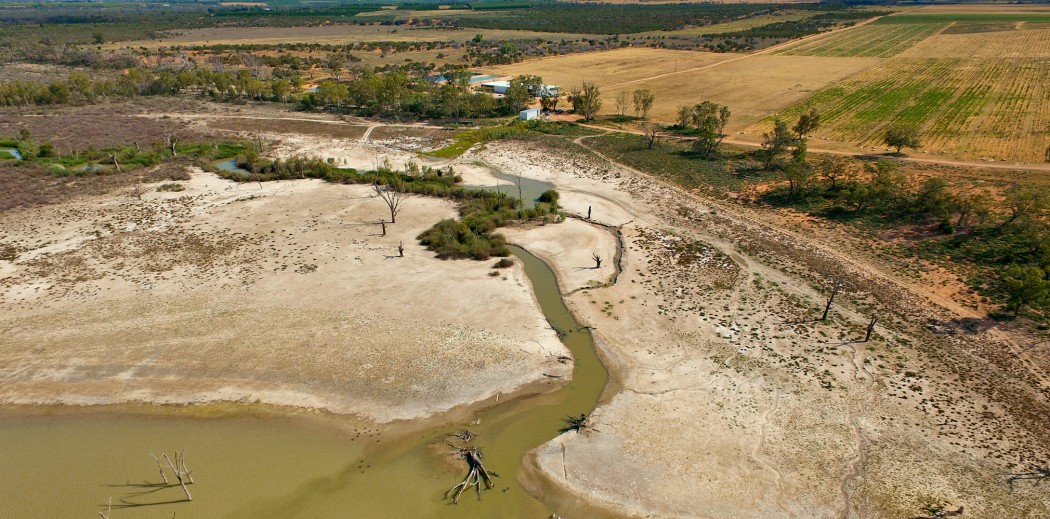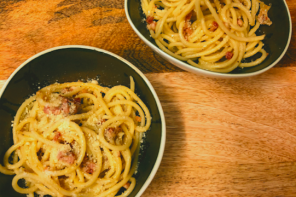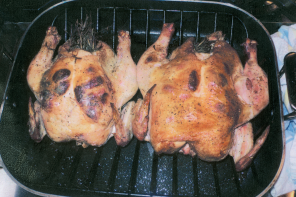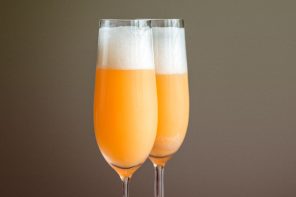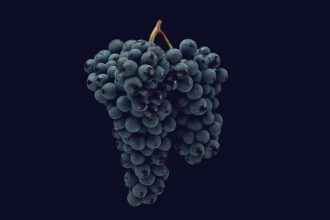Australia has a problem: people tend to forget to take it seriously. Down Under conjures up tanned revelers around a barbeque, swigging beer and wrestling crocodiles. In return, its award-winning wines from regions like Margaret River and Hunter Valley struggle for international recognition. For these, look to Riverland.
Australia is one of the largest wine-producing regions in the world, and Australians are some of the most diligent consumers. (They’ve claimed the title of the highest English-speaking consumers of wine per capita.) Much of this production takes place in Riverland, Australia’s largest grape growing region with a notoriously unflattering reputation. Located inland, not far from Adelaide and the Barossa Valley, Riverland boasts a warm, Mediterranean climate reminiscent of southern Italy, Greece or California. Stone fruits, citrus, olives, almonds and, most importantly, grapes grow prolifically along the shores of the Murray River, the largest river in Australia.
However, mention Riverland to anyone familiar with Australian wine regions and you’ll be met with relative disdain. Growing grapes for the past century, it’s seen as at the lower-end of production primarily because it’s high yielding, irrigated, and dominated by corporate wine companies. The sheer volume it produces makes wine snobs turn up their highly-refined noses while cementing it as the backbone of the Australian wine industry.
One of the major issues Riverland faces is its production of local grapes like Shiraz and Chardonnay. With summers that surpass 100 degrees, the end results aren’t anything to write home about. Still, entrepreneurial winos have not been deterred and in the last 10 or so years, they’ve been determined to take advantage of Riverland’s strengths. Independent growers have brought in varieties native to areas in Europe – from southern France to Croatia to Spain – with similar climate and soil types that boast heat tolerant and drought resistant properties. Imported grapes include Vermentino, Nero d’Avola, Montepulciano, Tempranillo, and Grenache.
“Any change or revolution starts pretty small,” said Con-Greg Grigoriou of Riverland’s Delinquente Wine Co. “A small group of growers has taken a big risk to plant these varieties and a small group of winemakers has taken the risk of buying these grapes and seeing if there’s a market.”
The risk, it appears, is paying off. Delinquente Wines is one of several small wine makers – and the only that solely uses Riverland wines – focused on these boutique grapes, nurturing the vines to get the best out of their produce. While the majority of exports are domestic, Riverland wines are popping up in the UK, Japan, Canada, and America with increasing frequency.
Riverland is also home to an organic growing region, one primed to become a global leader as long as growers recognize its possibilities.
“Organic grapes make great wine, awesome table wine,” Grigoriou said. “People just need to realize it’s easy to grow organic in Riverland.”
The area is naturally suited for organic growth. Along with its dry climate and low amount of rainfall in the summer, vines are planted high, reducing disease pressure, improving airflow, and negating the need for spraying and pesticides.
As with many great upheavals, change takes time. While its unlikely bigger corporations will diminish their holdings to make room for imported grapes and smaller growers, the efforts of sellers like Grigoriou will hopefully shift perception and grant the area some much-deserved credit. At the very least, the bottles are making their way around the world so you can taste Riverland’s revolution without leaving your couch.

